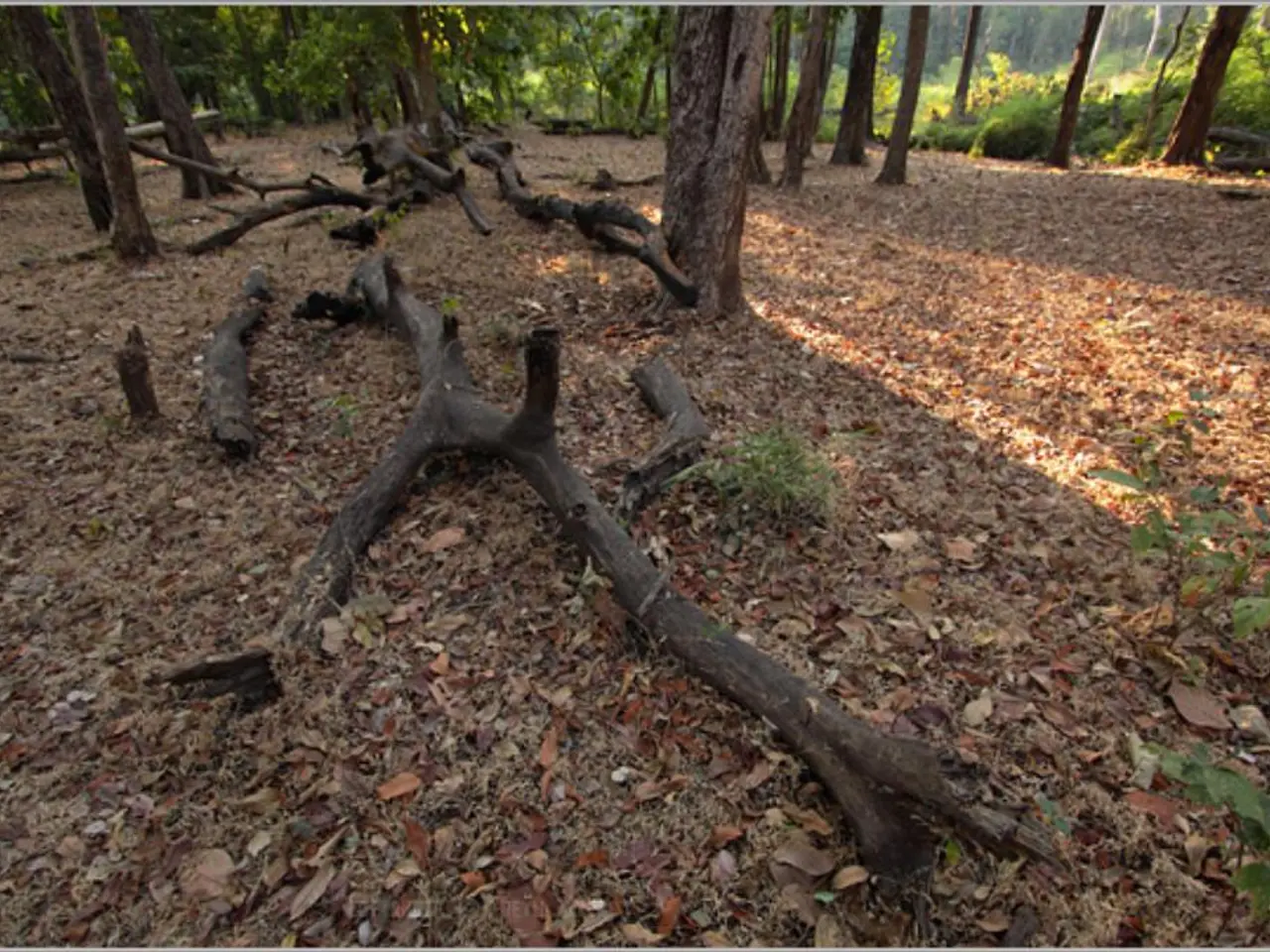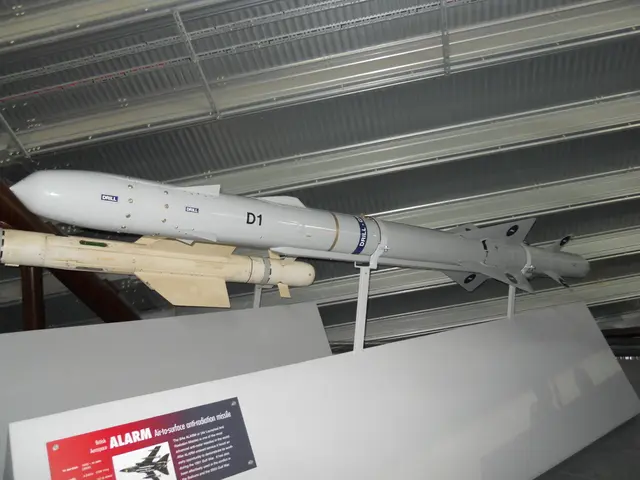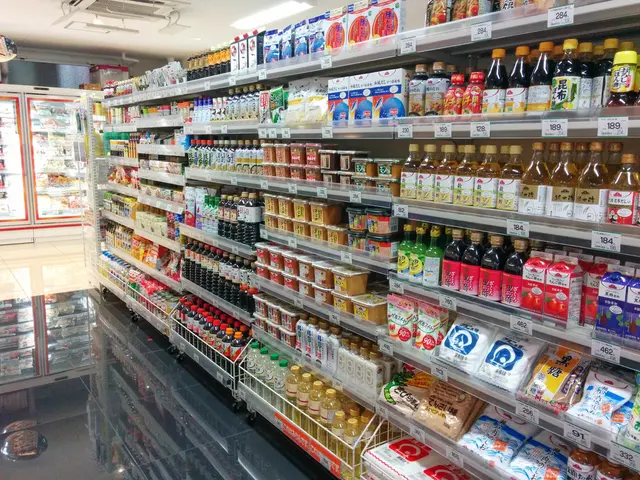Bonsai Dirt Composition for Different Plant Species: A Look at Proportions
In the world of bonsai, the soil plays a crucial role in nurturing these miniature masterpieces. A well-balanced mix of organic and inorganic components is essential for creating a thriving miniature ecosystem within the pot.
Understanding the pH preferences of bonsai species is key to adjusting soil pH for optimal nutrient uptake. Different bonsai species have distinct pH preferences. For instance, Japanese maples thrive in slightly acidic to neutral soils, while Chinese elms prefer more alkaline conditions.
Different soil mixes can be created to meet the unique requirements of bonsai trees. For example, a mix heavy on akadama and pumice might suit a pine species, while a ficus might thrive in a blend rich in composted bark and lava rock. Akadama and lava rock enhance aeration and drainage in bonsai soil, ensuring the roots receive the right amount of oxygen and water.
Composted bark provides a slow release of nitrogen for ficus bonsai, supporting healthy growth. It's also a nutrient-rich organic component that supports healthy microbial activity and improves soil structure. Worm castings further enhance soil biota for ficus bonsai, providing a boost to the soil's nutrient content.
Indoor bonsai trees demand even greater attention to soil specificity due to their growth being heavily influenced by indoor conditions. A universal bonsai soil mix may compromise individual tree needs, risking subpar growth. Tailoring soil mixes to each species' unique requirements helps in nurturing resilient, thriving miniature ecosystems.
Some bonsai species like Chinese Elm and Fig varieties can thrive without added fertilizers. However, ficus bonsai have high nutrient demands, particularly for nitrogen and potassium. Kelp meal is a natural source of potassium for ficus bonsai, providing a sustainable way to meet their nutritional needs.
Testing soil pH is important to create an ideal growing environment for bonsai. By understanding the pH preferences of your bonsai species and adjusting your soil mix accordingly, you can provide the best possible conditions for your miniature garden to thrive.
In Germany, the most commonly used bonsai species by enthusiasts is the maple (Acer), especially various maple species suitable for bonsai cultivation. There are specialized cultivation recipes for species such as the olive tree (Olea europaea), which requires specific care related to overwintering, watering, fertilization, and sunlight conditions adapted to the German climate.
In conclusion, the key to a thriving bonsai is a well-balanced, species-specific soil mix. By understanding your bonsai's needs and tailoring your soil mix accordingly, you can create the perfect environment for your miniature masterpiece to flourish.
Read also:
- Budget Alterations Made to 2023 Toyota GR Corolla After 4,500 Miles, with a Cost of $38 for Smoothing Out the Rough 1-2 Shift
- Steady Expansion Projected for Artificial Intelligence in Escalator Maintenance, with a Forecasted Growth Rate of 40.2%
- Exploring the Shaped Paths of Air Transportation in Cities
- Collapse of Ecosystems in a Different Nation Due to Excessive Fishing in a Specific Country







